In an era where sustainability has taken center stage, even the most serene corners of our lives, like yoga practice, are being transformed by eco-conscious choices. The mat, a familiar companion on this journey of mindfulness and movement, has evolved from traditional materials to innovative designs that promise both performance and planet-friendly credentials.In this article, we delve into the world of eco-friendly yoga mats, exploring the delicate balance between performance and sustainability. We’ll compare various materials and manufacturing practices, guiding you through the options that not only elevate your practice but also honor the earth. Join us as we unroll the facts and feelings behind these green alternatives, helping you find the perfect mat that supports your body and our planet.
Choosing the Right Materials for Eco-Friendly Yoga Mats
When embarking on the journey towards finding the perfect eco-friendly yoga mat, understanding the materials is essential. Various options are available, each with its unique properties that influence both performance and sustainability. Look for mats made from natural rubber,jute,or cork,as these materials are derived from renewable resources and tend to provide excellent grip and durability. In addition to their environmental benefits, these materials frequently enough offer enhanced cushioning, giving practitioners the support they need during yoga sessions.
It’s also crucial to consider the production methods and certifications of the materials used in yoga mats.Opt for mats that are free from toxins,PVC,and other harmful chemicals,as these can negatively impact both your health and the habitat.Certifications such as OEKO-TEX or GreenGuard can be indicators of a product that meets strict safety and sustainability standards. Here’s a brief overview of popular eco-friendly mat materials and their key features:
| Material | Eco-Friendliness | Durability |
|---|---|---|
| Natural Rubber | High | Excellent |
| Jute | Medium | Good |
| Cork | High | Good |
| TPU (thermoplastic Polyurethane) | Medium | Very Good |

evaluating Performance: Grip, Durability, and Comfort
When it comes to eco-friendly yoga mats, assessing their performance involves a careful consideration of three key factors: grip, durability, and comfort. A mat that excels in grip ensures that your feet and hands remain firmly planted during your practice, regardless of the style. Natural rubber mats often provide superior traction, reducing the risk of slips and falls. Additionally, textured surfaces can enhance grip even further. The durability of a mat also plays a crucial role; eco-friendly options like those made from thermoplastic elastomer (TPE) demonstrate resilience against wear and tear, maintaining their performance over time. As you explore various eco-friendly options, look for certifications that guarantee longevity without compromising the environment.
Comfort is the cornerstone of a satisfying yoga experience. Premium eco-friendly mats typically offer adequate cushioning to support your joints, making practices more enjoyable and less physically taxing. Consider the thickness of the mat, which can considerably influence your comfort level; thicker mats frequently enough provide more support but may compromise portability. In contrast, thinner mats enhance stability and ease of movement but might require additional cushioning underneath. balancing these factors is crucial for finding your ideal match. Below is a simple comparison of popular eco-friendly yoga mats based on these dimensions:
| Yoga Mat Type | Grip Level | Durability | Comfort Level |
|---|---|---|---|
| Natural Rubber | High | Medium | Medium |
| TPE | Medium | High | High |
| Cork | Medium | Medium | High |

Sustainability Practices in Yoga Mat Production
The production of yoga mats has seen a significant pivot towards sustainability, with manufacturers adopting eco-conscious practices to minimize environmental impact. Many brands are now using natural and renewable materials, such as organic cotton, jute, or natural rubber, which not only enhance the durability of the mats but also reduce reliance on synthetic materials.this shift not only benefits the planet but also appeals to consumers who are increasingly aware of their ecological footprint. Some brands go a step further by implementing closed-loop manufacturing processes,ensuring that waste materials are recycled into new products,thereby fostering a sustainable cycle within the industry.
Moreover, several companies are committing to ethical labor practices by ensuring fair wages and safe working conditions for their employees. To promote transparency, many brands are providing detailed facts about their sourcing and manufacturing processes, allowing consumers to make informed choices. Here are some key sustainability initiatives being implemented in yoga mat production:
- Biodegradable materials: Using compostable materials like natural rubber or jute.
- Non-toxic production: Avoiding harmful chemicals and dyes in the manufacturing process.
- Eco-friendly packaging: Minimizing plastic use and opting for recyclable packaging solutions.

Selecting the Best Eco-Conscious Brands for Your Practice
When choosing eco-conscious brands for your practice, it’s essential to consider not only their sustainability initiatives but also the performance of their products. Look for companies that prioritize biodegradable materials, non-toxic manufacturing processes, and ethical labor practices. A brand that focuses on sustainable sourcing, such as using natural rubber from responsible producers, can significantly reduce your ecological footprint while ensuring high-quality yoga mats that enhance your performance. Keeping an eye on certifications like OEKO-TEX and Sustainable Forestry Initiative (SFI) can also guide you toward trustworthy brands dedicated to environmental stewardship.
Another significant aspect is understanding the durability and grip of the yoga mats offered by these eco-friendly brands. While many sustainable mats strive for balance between functionality and environmental responsibility, it’s crucial to evaluate user feedback regarding tackiness, support, and slip resistance. Consider the following criteria when assessing potential brands:
- Material Innovation: Check if the brand uses recycled materials or organic components.
- Performance Reviews: Look at user testimonials for insights into durability and comfort.
- Brand Transparency: Ensure that companies openly share their production processes and sourcing.
Wrapping Up
the journey through the world of eco-friendly yoga mats reveals a fascinating intersection between performance and sustainability. As the awareness of environmental impact grows, so does the innovation in materials and design, offering practitioners a greener path to their practice. Whether you prioritize grip, durability, or a reduced carbon footprint, there’s an eco-friendly mat that aligns with your values and enhances your yoga experience.Ultimately, the choice lies in your hands—each downward dog or warrior pose taken on a mat made with care not only supports your practice but also contributes to a healthier planet. As you unroll your next session, remember that every small step towards sustainability counts, creating ripples that extend far beyond the yoga studio. Choose wisely, breathe deeply, and let your practice reflect both your personal journey and a commitment to the Earth we all share.





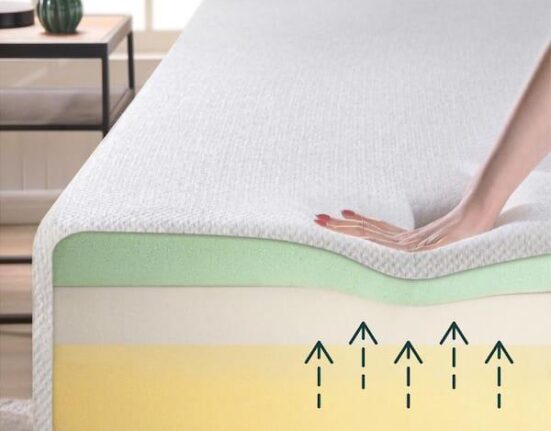


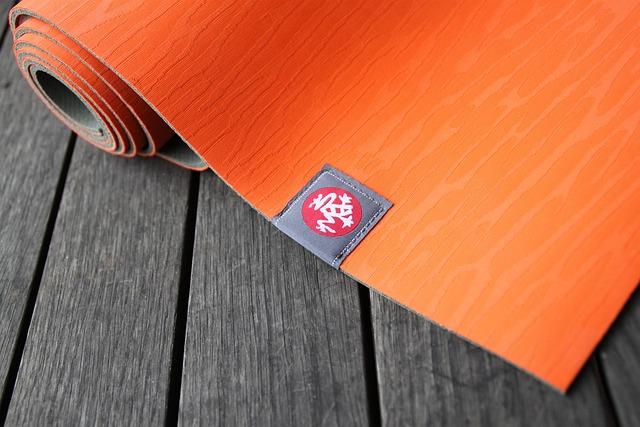

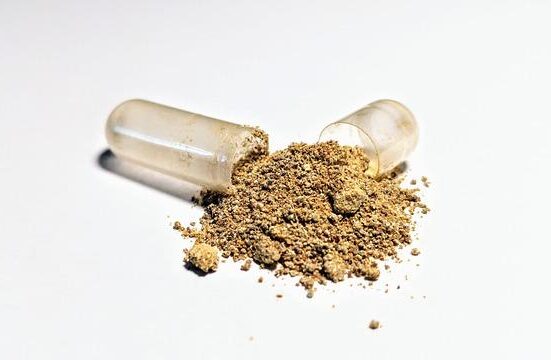

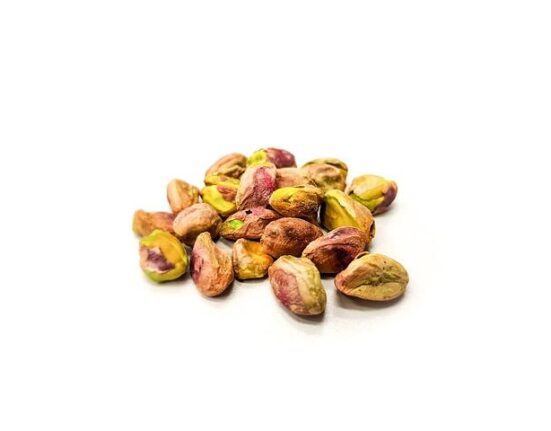
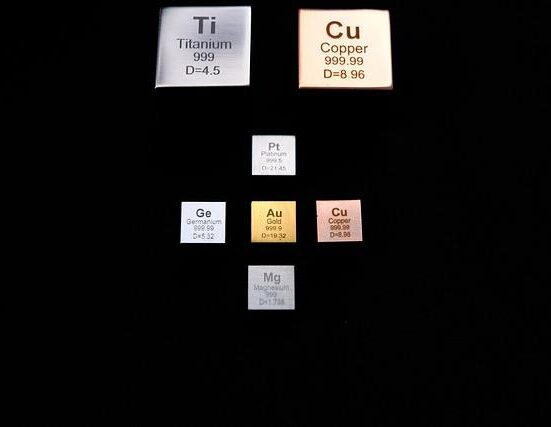

Leave feedback about this